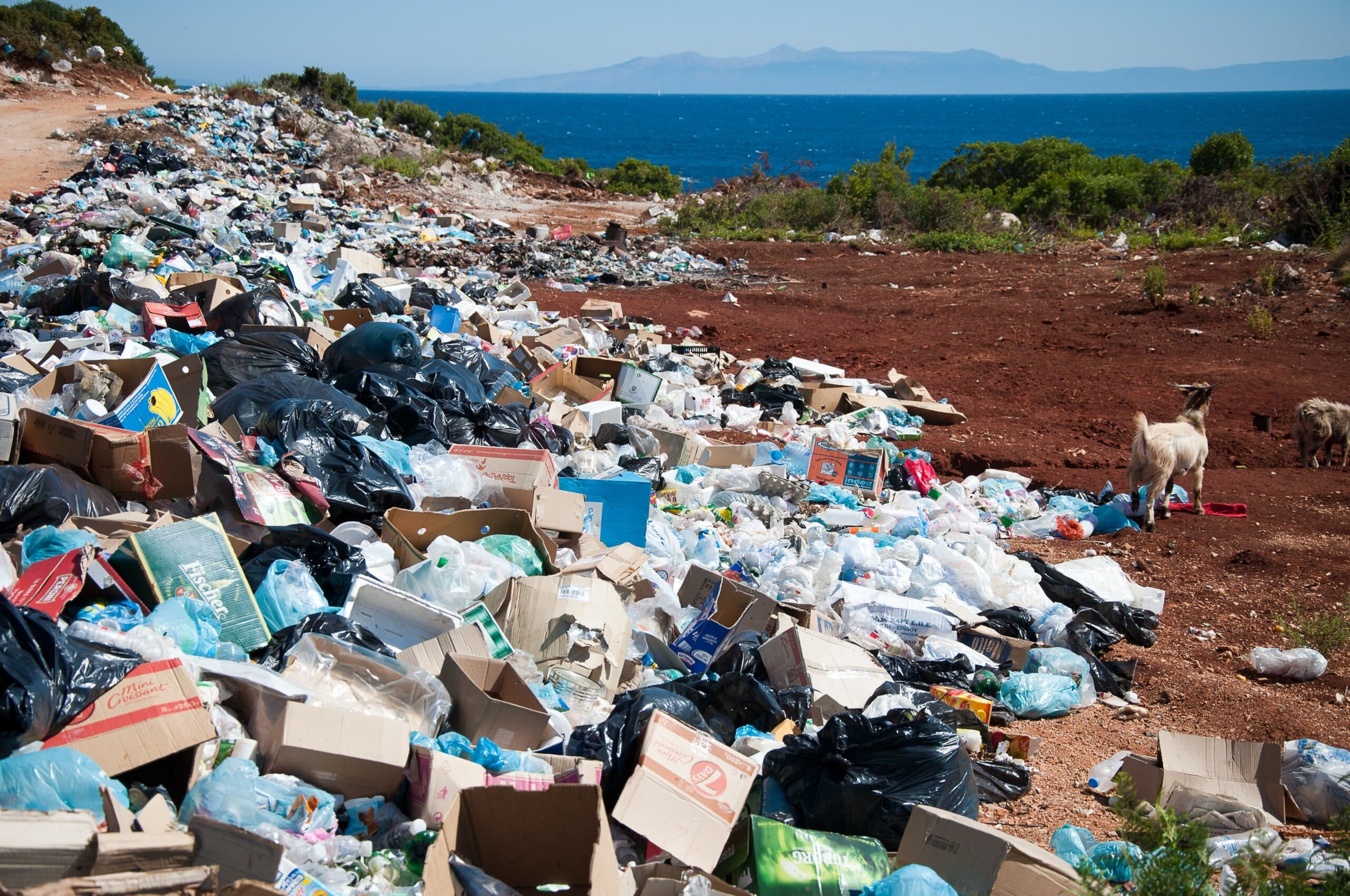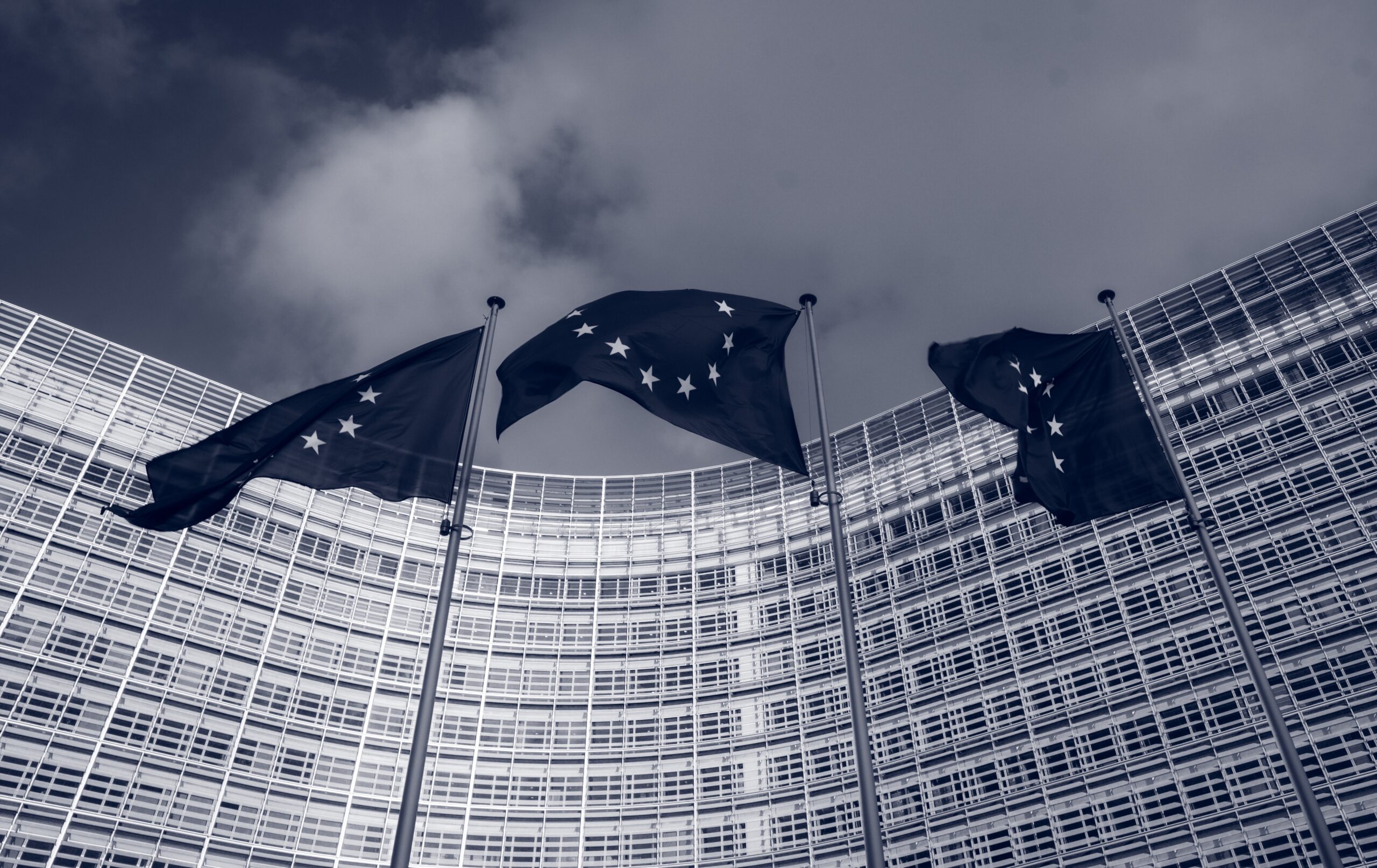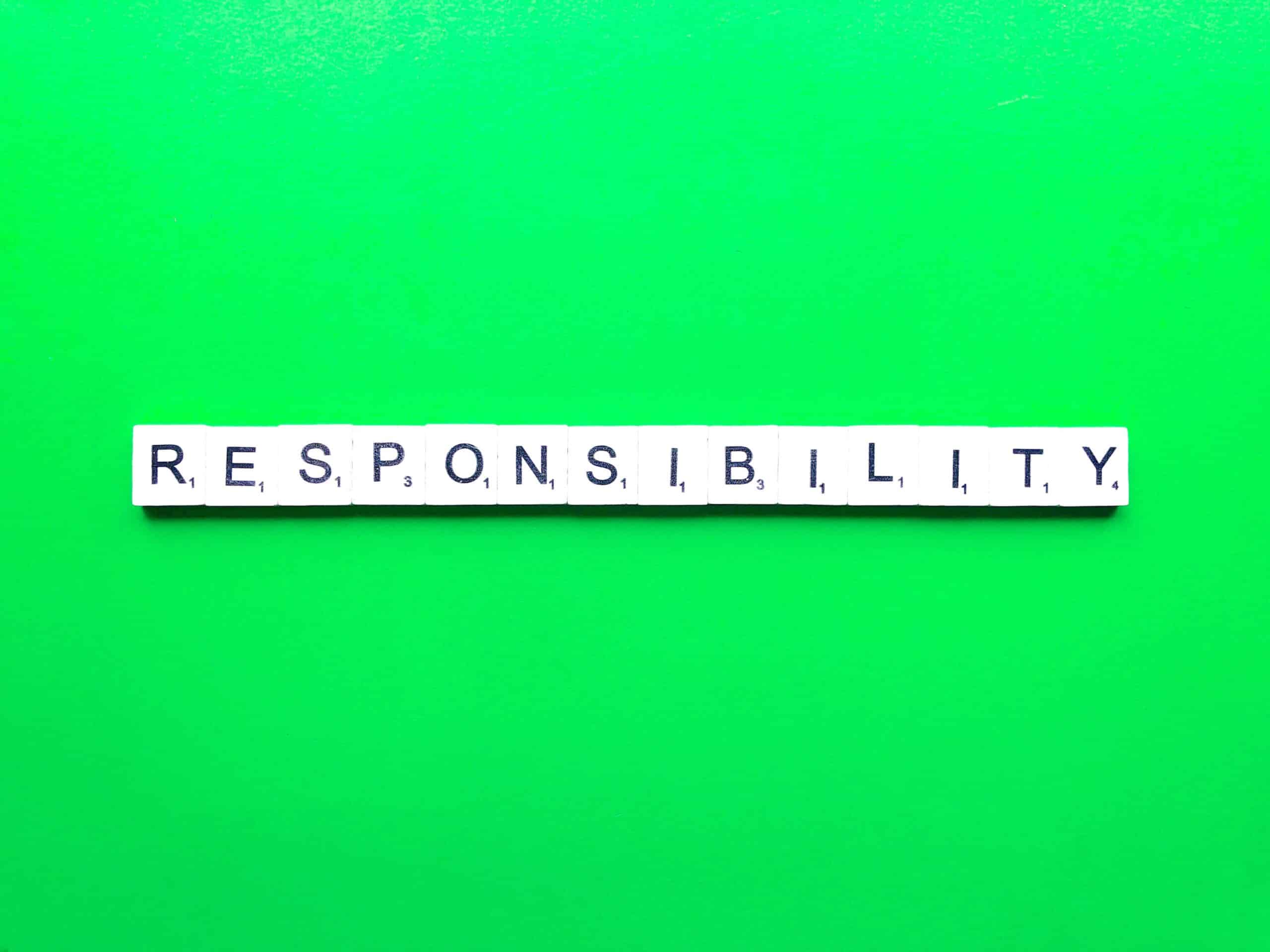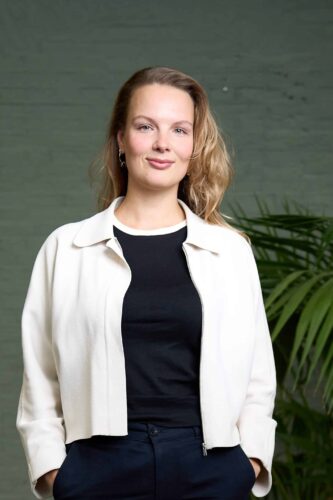
Producer responsibility
Packaging, electronic devices, tires, batteries, textiles: there are many products that we as consumers encounter in our daily lives that are subject to “Extended Producer Responsibility” (EPR) legislation. In the (near) future, EPR will be applied to more product groups, such as shoes and diapers.
Toch is er nog veel onbenut potentieel binnen UPV-systemen. While it often improves collection and covers its costs, the question is whether it sufficiently stimulates sustainability. And what about decision-making power within EPR?
What is EPR?
We currently see ‘extended producer responsibility’ (EPR) legislation implemented for a wide range of products, such as car tires, packaging, electronic devices, and, since July 2023 in the Netherlands, also for textiles. EPR is seen as an effective way to make producers responsible for the entire lifecycle of the products they manufacture. While the producer’s responsibility normally ends once the product is sold, EPR ensures that producers are also held accountable for the waste phase. The idea behind it is simple: the polluters pay for the environmental impact of their products. This should incentivize them to incorporate sustainability into the early stages of the production chain, such as during the design phase. Unfortunately, this rarely happens in practice.


Systemic change needed for EPR to thrive
One thing is clear: EPR is here to stay. However, we have repeatedly shown (as seen here and here) that many issues arise within EPR systems, partly due to poor governance. The role of the government is too limited, many stakeholders feel excluded, and enforcement is lacking. Due to the way EPR legislation is structured and its often poor implementation, the potential of EPR is severely underutilized, and producers are not held sufficiently accountable for the environmental damage they cause. Fair Resource Foundation aims to address this.

Europe believes in EPR
Comprehensive producer responsibility is established at the European level in several dossiers. First, the Packaging and Packaging Waste Regulation (PPWR): among other things, it talks about the investments that producer organizations (PROs) should or should not make in reuse systems, for example. It also looks at mandatory eco-modulation (tariff differentiation based on sustainability criteria) for packaging. However, the main provisions for EPR are set out in the Waste Framework Directive (WFD). This “Waste Framework Directive” defines, among other things, the waste hierarchy and ground rules for EPR systems and associated Producer Responsibility Organisations (PROs). Therefore, this is an influential legislative file..
Netherlands is reshaping EPR
The message that EPR is not functioning optimally has also reached the Dutch government. After Secretary of State Heijnen presented her vision for EPR to the House of Representatives in April 2022, there were various motions submitted and adopted. As a result, the Ministry of I&W decided to initiate a process to achieve improvement proposals.
Deze zijn in oktober 2023 gepubliceerd.
In 2024-2026 zullen de plannen verder uitgewerkt worden.
In samenwerking met Minderoo heeft Fair Resource Foundation ook een analyse gemaakt van de werking van UPV-systemen. The results are included in A position paper published in October 2023.


